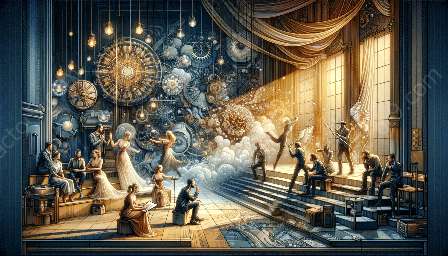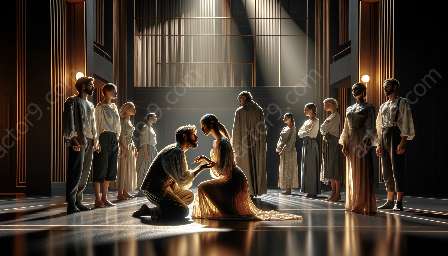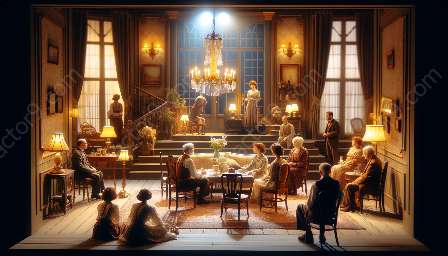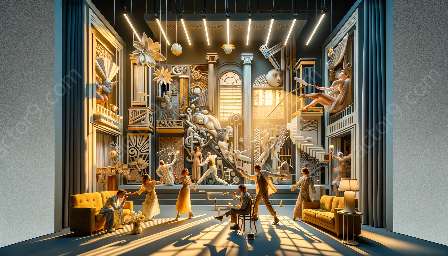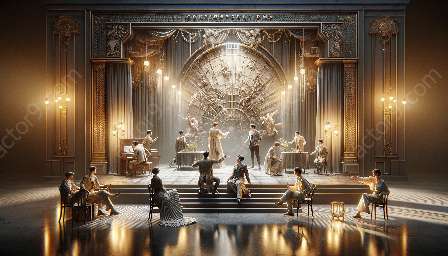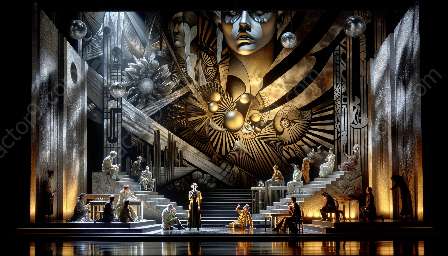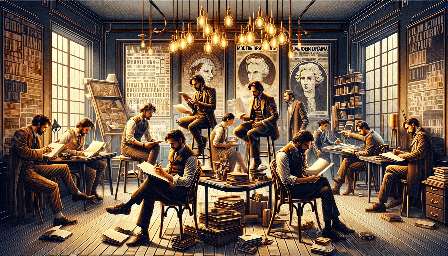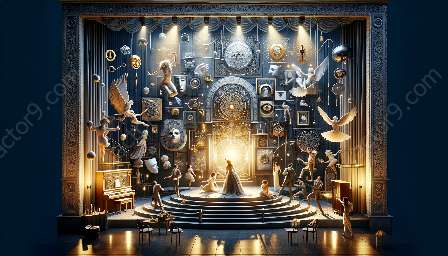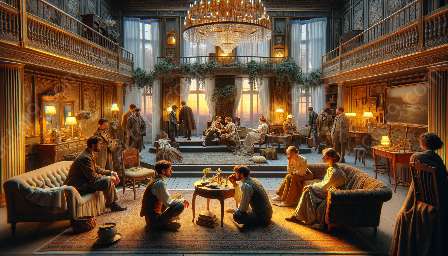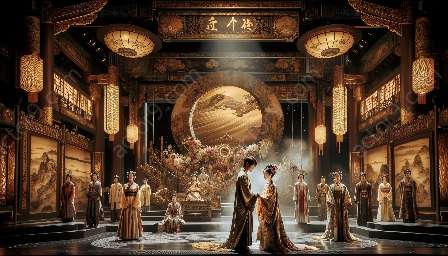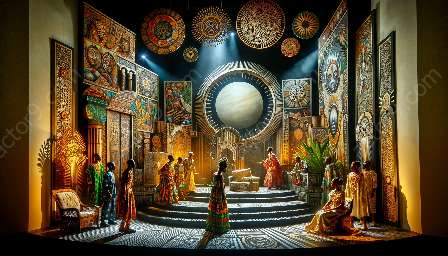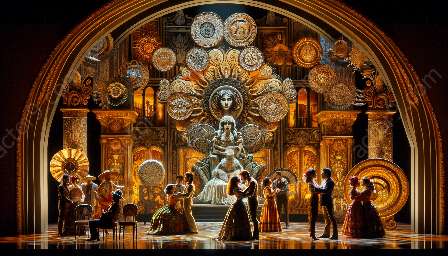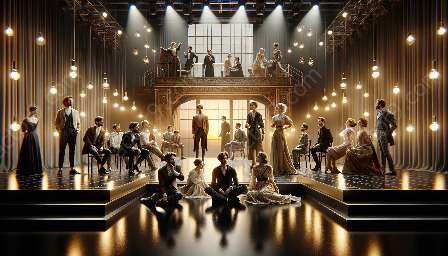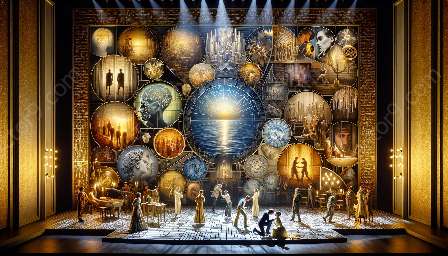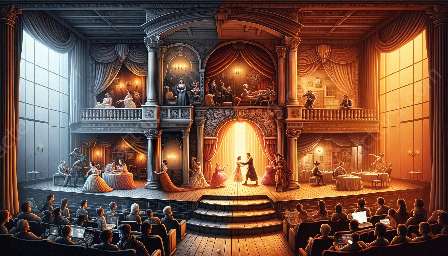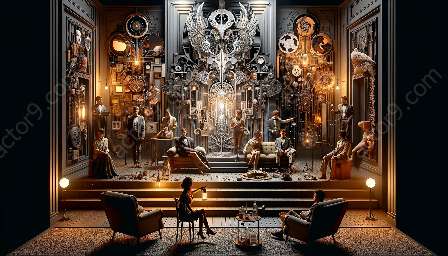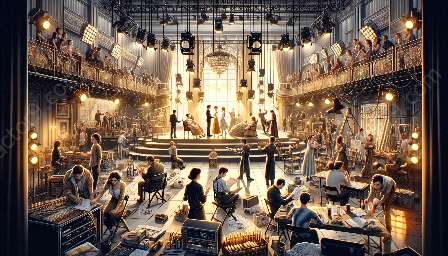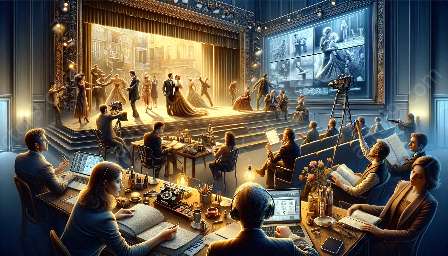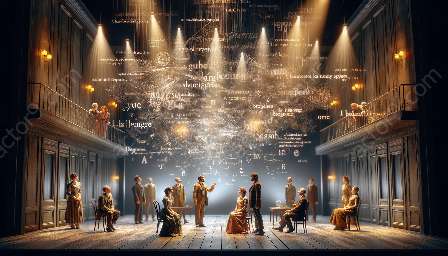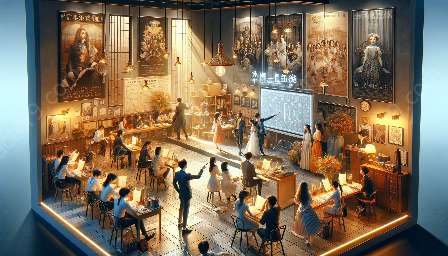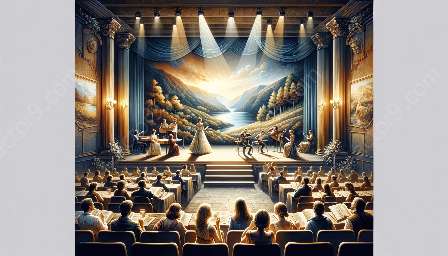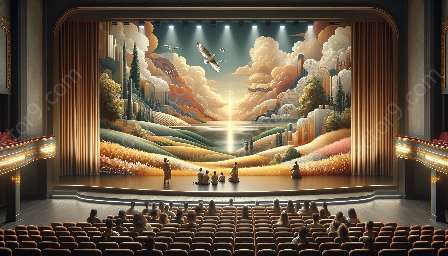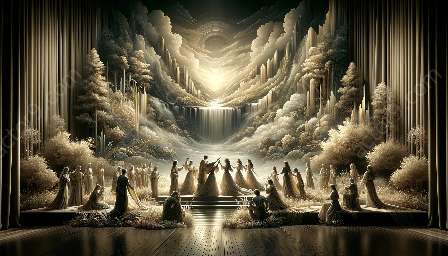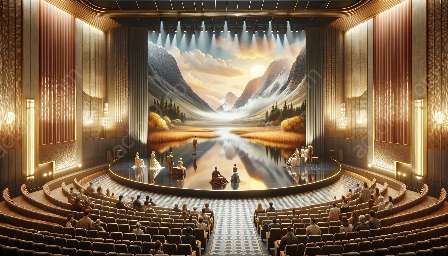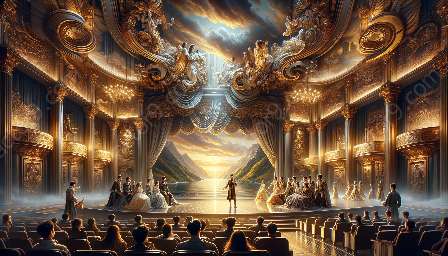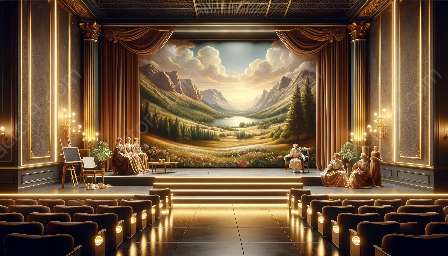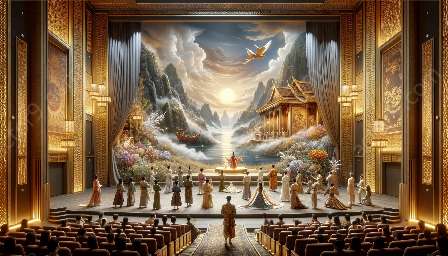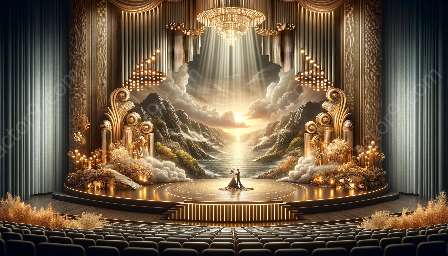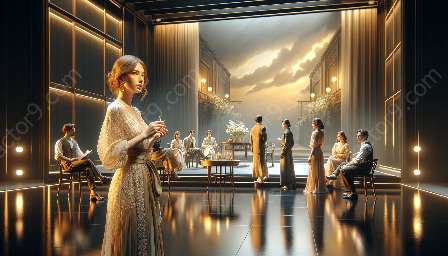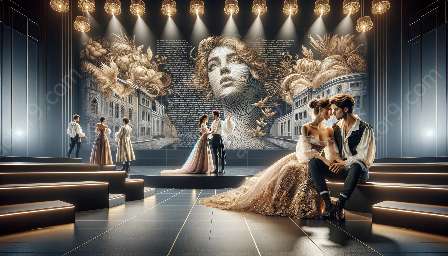Modern drama has evolved and adapted to engage audiences in novel and interactive ways while creating immersive experiences. In contemporary modern drama, the focus on audience engagement has intensified, leading to innovative storytelling techniques and the use of technology to enhance the overall theater experience. This topic cluster aims to delve into the various facets of audience engagement and experience in modern drama, highlighting the methods employed to captivate and involve contemporary audiences.
Exploring Modern Drama
To understand audience engagement and experience in modern drama, it is essential to examine the evolution of modern drama itself. Modern drama encompasses a wide range of theatrical works that emerged in the late 19th and early 20th centuries, characterized by experimentation, non-linear narratives, and a departure from traditional conventions. The genre shatters the boundaries of conventional storytelling, aiming to evoke thought-provoking emotions and reflections.
Characteristics of Modern Drama
Modern drama often features complex and multi-layered characters, unconventional plot structures, and thematic explorations of societal issues, psychology, and human relationships. The genre encourages active participation from the audience, challenging them to analyze and interpret the unfolding narrative, thus intensifying the engagement and experience.
Transformative Audience Engagement
Contemporary modern drama takes audience engagement to new heights by employing interactive elements that blur the lines between performers and spectators. Immersive theater experiences, site-specific performances, and participatory storytelling are increasingly prevalent, fostering a sense of co-creation between the audience and the theatrical production. This engenders a thrilling and deeply personal engagement for each viewer.
Embracing Technology
Technology plays a pivotal role in enhancing audience engagement in modern drama. Virtual reality, augmented reality, and interactive mobile applications create interactive landscapes within the theatrical environment, allowing the audience to actively shape the narrative and engage with the story on multiple sensory levels.
Emotional Impact and Empathy
Emotions and empathy form the core of audience experience in modern drama. The genre aims to evoke a myriad of emotions, ranging from excitement and intrigue to empathy and introspection. By immersing the audience in the emotional landscape of the narrative, modern drama cultivates a profound and lasting impact on the viewers' hearts and minds.
Community Engagement
Moreover, modern drama often seeks to foster a sense of community and social interaction among the audience. Post-show discussions, interactive workshops, and open forums encourage dialogue and reflection, creating a platform for audience members to express their perspectives and engage in meaningful discourse.
Captivating Diverse Audiences
One of the strengths of modern drama lies in its ability to appeal to diverse audiences. The genre embraces inclusivity and diversity, catering to varied demographics and cultural backgrounds. By acknowledging and representing the experiences of different communities, modern drama broadens its reach and ensures that a wide spectrum of audience members can connect with the narratives portrayed on stage.
Impact on Society and Culture
Modern drama's engagement with contemporary issues and societal challenges often prompts audiences to reflect on their own beliefs and values, spurring discussions about relevant social and cultural topics. Through its stimulating and thought-provoking nature, modern drama can contribute to positive social change and awareness by serving as a catalyst for critical dialogue and introspection.


